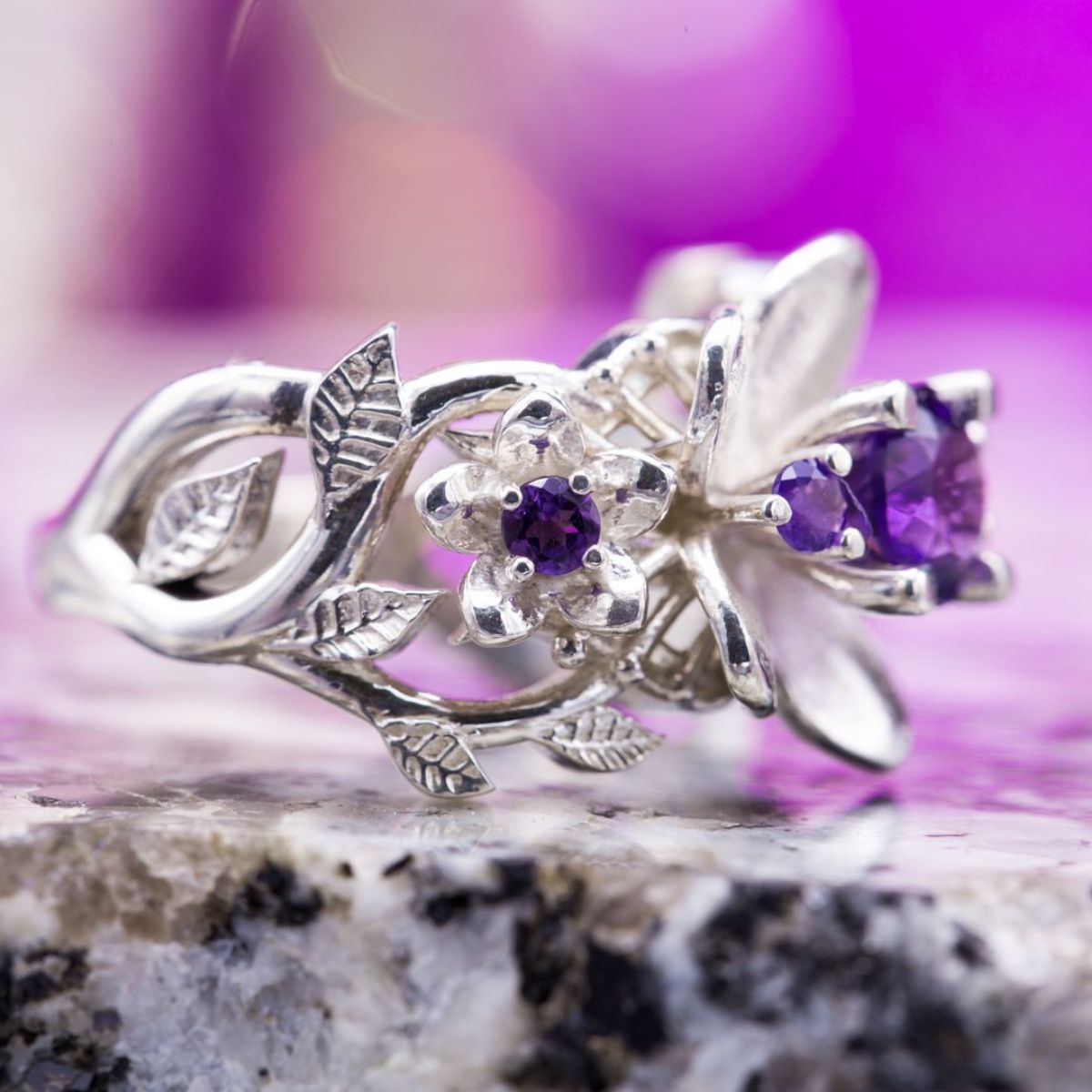

Sometimes, only a thin layer of a natural, uncut amethyst is violet colored, or the color is very uneven. One of a gem cutter’s tasks is to make a finished product with even color. Other names for green quartz are vermarine or lime citrine.Īmethyst frequently shows color zoning, with the most intense color typically found at the crystal terminations. Green quartz is sometimes incorrectly called green amethyst this is a misnomer and not an appropriate name for the material, as the proper terminology is prasiolite. These pale colors were once considered undesirable, but have recently become popular due to intensive marketing. "Rose de France" is defined by its markedly light shade of the purple, reminiscent of a lavender/ lilac shade. The ideal grade, called "Deep Siberian", has a primary purple hue of around 75–80%, with 15–20% blue and (depending on the light source) red secondary hues. High-quality amethyst can be found in Siberia, Sri Lanka, Brazil, Uruguay, and the Far East. Amethyst may exhibit one or both secondary hues, red and blue. The hardness of the mineral is the same as quartz, thus making it suitable for use in jewelry.Īmethyst occurs in primary hues from a light lavender or pale violet to a deep purple. This structure is quite rigid and results in quartz's hardness and resistance to weathering. Amethyst is a three-dimensional network of tetrahedra where the silicon atoms are in the center and are surrounded by four oxygen atoms located at the vertices of a tetrahedron. The irradiation causes the iron Fe(+3) atoms that replace Si in the lattice to lose an electron and form a 0 color center.

Ancient Greeks wore amethyst and carved drinking vessels from it in the belief that it would prevent intoxication.Īmethyst, a semiprecious stone, is often used in jewelry.Īmethyst is a purple variety of quartz (SiO 2) and owes its violet color to irradiation, impurities of iron (Fe3+) and in some cases other transition metals, and the presence of other trace elements, which result in complex crystal lattice substitutions. The name comes from the Koine Greek αμέθυστος amethystos from α- a-, "not" and μεθύσκω ( Ancient Greek) methysko / μεθώ metho ( Modern Greek), "intoxicate", a reference to the belief that the stone protected its owner from drunkenness. 6-sided prism ending in 6-sided pyramid (typical)Ģ.65 constant variable in impure varietiesĪmethyst is a violet variety of quartz.


 0 kommentar(er)
0 kommentar(er)
